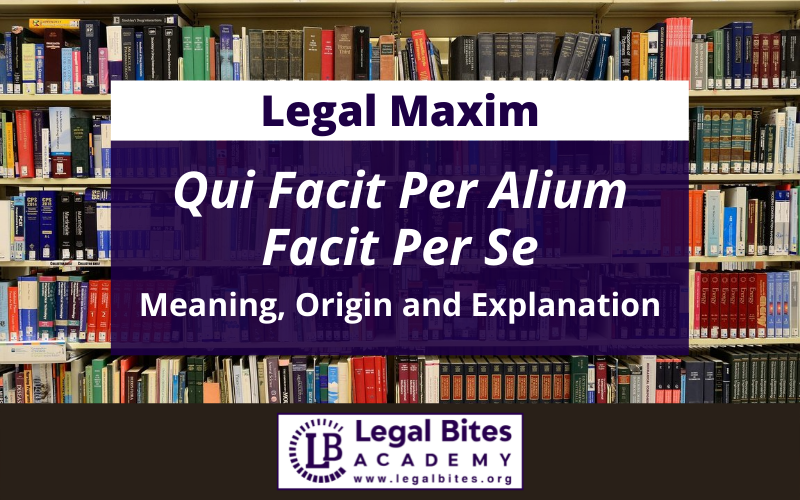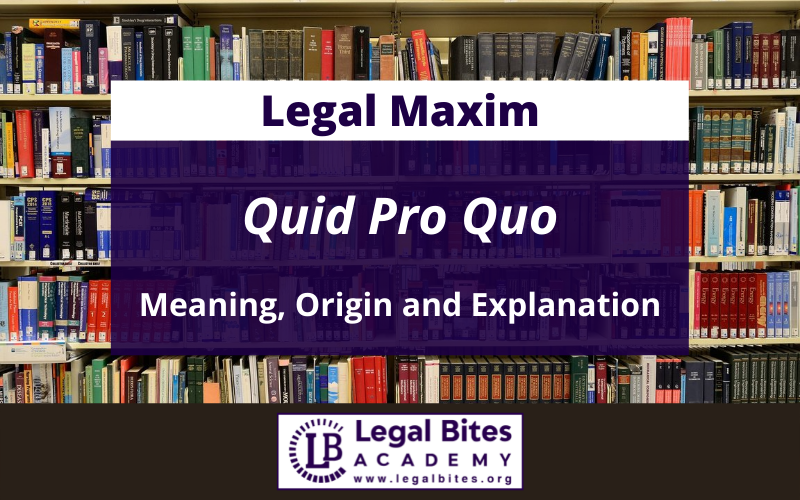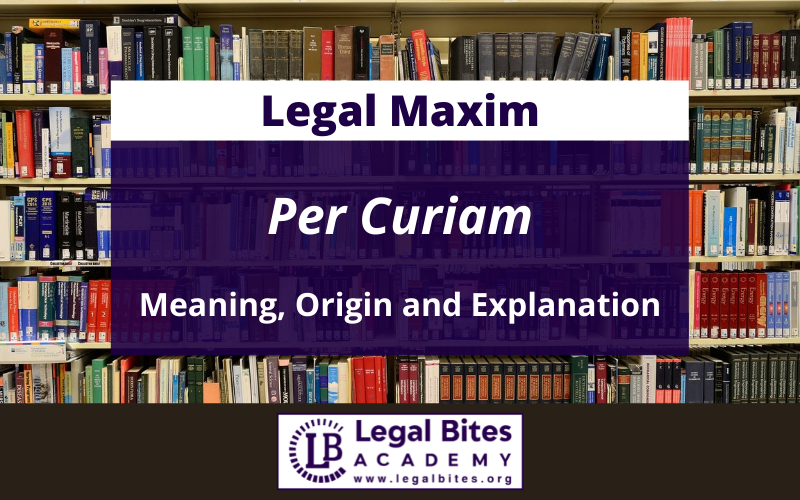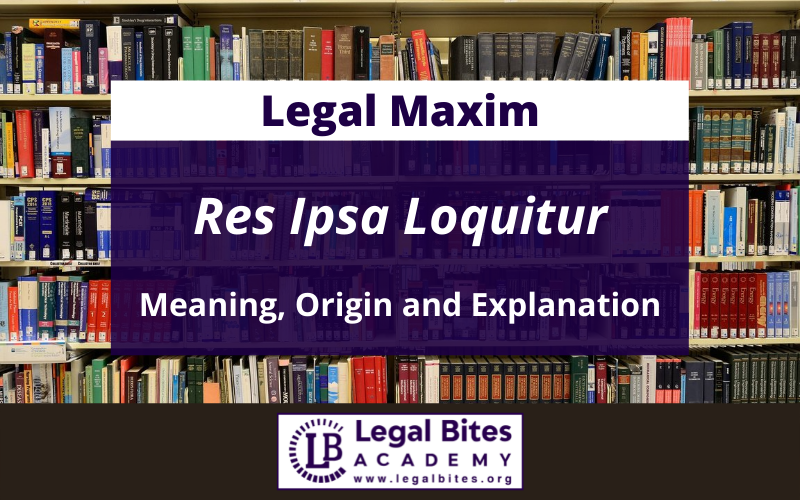Sine Qua Non: Origin, Meaning and Explanation
This article titled ‘Sine Qua Non: Origin, Meaning and Explanation’ is written by Sahajpreet Bhusari and discusses the legal maxim of Sine Qua Non. I. Origin and Meaning Sine Qua Non is a legal term of Latin origin. In Latin, the maxim refers to ‘essential or the most important condition’[1]. II. Explanation The Latin word alludes to a necessary… Read More »
;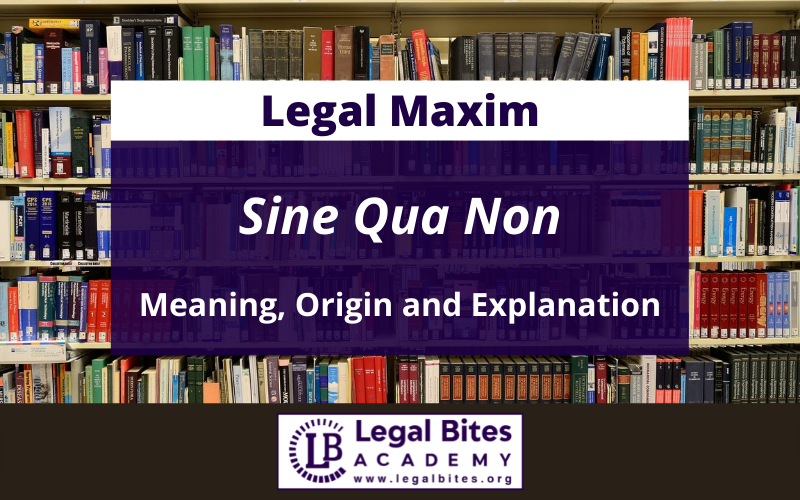
This article titled ‘Sine Qua Non: Origin, Meaning and Explanation’ is written by Sahajpreet Bhusari and discusses the legal maxim of Sine Qua Non. I. Origin and Meaning Sine Qua Non is a legal term of Latin origin. In Latin, the maxim refers to ‘essential or the most important condition’[1]. II. Explanation The Latin word alludes to a necessary condition or qualification; an unavoidable item or a strict need. It is a situation in which a specific act is a substantial cause of...
This article titled ‘Sine Qua Non: Origin, Meaning and Explanation’ is written by Sahajpreet Bhusari and discusses the legal maxim of Sine Qua Non.
I. Origin and Meaning
Sine Qua Non is a legal term of Latin origin. In Latin, the maxim refers to ‘essential or the most important condition’[1].
II. Explanation
The Latin word alludes to a necessary condition or qualification; an unavoidable item or a strict need. It is a situation in which a specific act is a substantial cause of a specific hurt or wrongdoing, and the injury would not have occurred if the conduct had not occurred.
A causal relationship exists between specific conduct and harm in tort law. This is known as the sine qua non rule.
III. Illustration
A left his keys in the ignition and walked to a neighbouring store to get something. Meanwhile, his son, ‘B,’ drove the car and backed it over, severely damaging C’s bike, which was positioned just behind A’s vehicle. In this situation, A’s son would not have been able to start the car and reverse it over C’s bike if he hadn’t left the keys in the ignition. As a result, A’s action constituted a precondition for the harm to C’s bike.
IV. Case Laws
The Supreme Court found in Yunis @ Kariya v. The State of Madhya Pradesh[2] that the accused persons’ illegal activities resulted in the death of a young kid of 18 years in this case. The formulation of purpose is not a sine qua non for establishing the prosecution case when the ocular evidence is very obvious and persuasive and the involvement of the accused person in the crime is conclusively proven.
The Allahabad Court held in Dr. Rajendra Prasad Agarwal v. Union of India and Others[3] that the law mandates that the composition of viewpoint, which is a sine qua non for exercising power, be evident from the notice and that the material Government record could be examined for the objective of impartiality.
References
[1] Sine Qua Non, Available Here.
[2] Appeal (crl.) 522 of 1995.
[3] AIR 1993 All 258.


